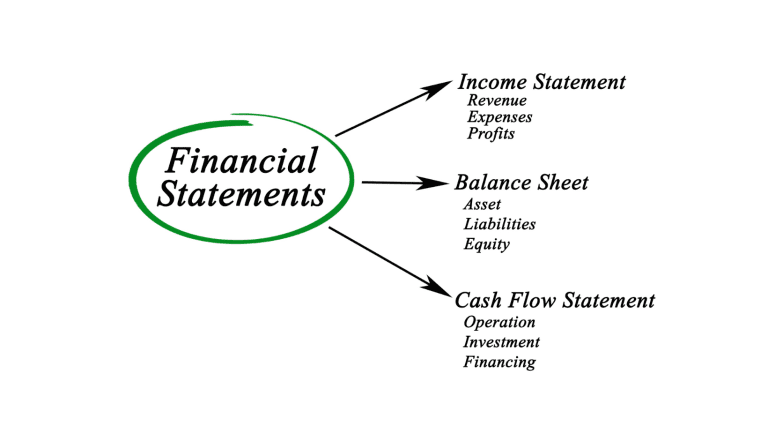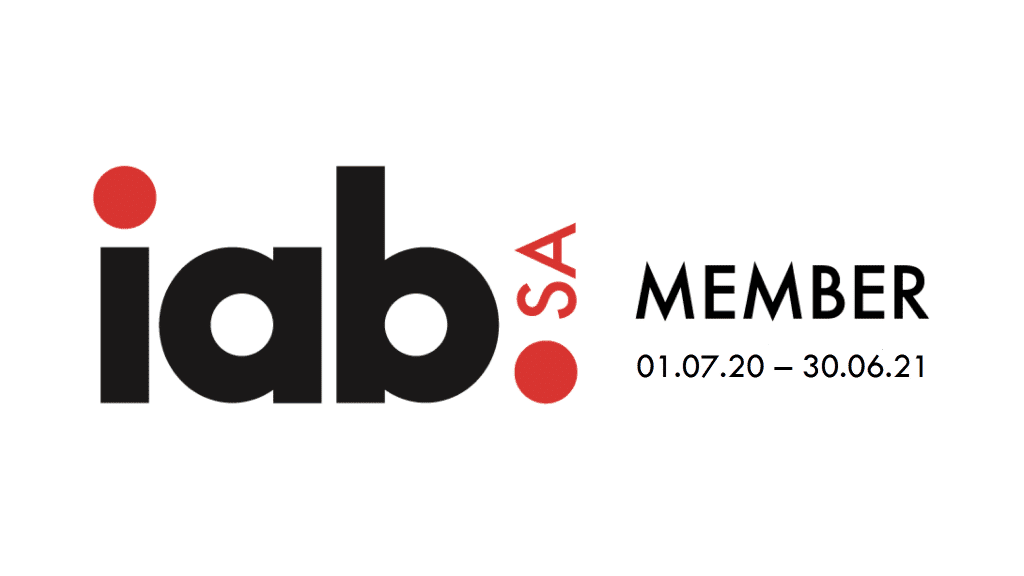Mezzanine Financing has lower priority than other types of debt and it is unlike traditional forms of financing. This type of financing is popular with government financing agencies such as the National Empowerment Fund. Banks also offer this type of financing but with certain limitations.
What is Mezzanine Financing?
Mezzanine Financing is a hybrid of debt and equity lending that gives the lender the right to convert borrowed funds into an equity interest in the company if the company fails to make payments. This is additional debt incurred to fund an acquisition or expansion project.
Mezzanine Financing is available to companies with a proven track record. For example, Mezzanine lending from National Empowerment Fund (NEF) is for expansion capital and requires guarantee and security over business assets.
Mezzanine loans have relatively high-interest rates and flexible repayment terms. Loans have flexible repayment terms because projects may take more time to finish due to environmental, political, or social factors which are beyond the borrower’s purview.
Characteristics of Mezzanine Financing
- Mezzanine Loan is subordinate to senior debt such as mortgage loan, but it is superior to common equity such as preference shares.
- It has a higher interest rate than the senior debt of a company.
- The repayment duration of the loan is shorter than that of secured debt.
- The loan can be an interest-only loan instead of having to repay the principal at the end of the loan period.
- Mezzanine loans are mainly used for the expansion of established companies rather than for start-up financing.
- It is a way for companies to raise funds for specific projects or for acquisition through a combination of debt and equity financing.
How does Mezzanine Financing Works?
Mezzanine Financing bridges the gap between senior debt financing and equity available from investors to make a transaction possible. When entering into a business transaction, for example, a building project where 100% of the costs need to be covered by the business, a financial shortfall might take place.
It is often the case that a business doesn’t have 100% of the required capital. A company may be able to raise 60% of the capital through building loans which forms part of senior debt. The remaining 40% of the building loan will have to be covered by equity such as cash or cash equivalents.
Cash may not be available to cover the 40% capital required, therefore, to bridge the gap between equity capital and senior debt, a loan must be obtained. Thus, mezzanine financing will be the source of capital ( 40% outstanding) required for the building project.
Repayment and interest on Mezzanine Finance
Mezzanine Loans come with higher interest rates than senior loans such as mortgage loans or other traditional borrowings. In many cases, the loan comes with special requirements such as claims in equity if the borrower fails to repay the loan and/or attach collateral to the loan.
Mezzanine lenders offer several options for loan repayment. Repayment of the loan with the principal interest over time is one solution. Another popular option is to pay high interest for a stipulated period with no principal repayment.
The last repayment method is for those with no cash flow resources. However, this option works for the lender and it is called negative amortization. The Mezzanine lender provides capital on the condition that interest is capitalized adding to the new outstanding balance for the loan duration.
Priority of a Mezzanine Loan
The Mezzanine loan is only lower than the senior debts of a company. Should a company go into a business rescue program and fail to be rescued and liquidate its business assets. Senior debts will be first in line to be paid back and next in line will be the Mezzanine debt.
Those with preference shares will only be paid after the Mezzanine debt is fully paid off. Unlike traditional loans and credit offered by creditors, Mezzanine finance is further back in priority.
Pros and Cons of Mezzanine Financing for Lender
Pros
- Interest rates on Mezzanine Financing are high, therefore, yielding higher income when compared to traditional loans.
- Depending on the lending structure agreed upon, there is a possibility of receiving equity. The Mezzanine lender could be able to participate in the business.
Cons
- Mezzanine Loans are lower in seniority than other types of loans and sometimes are not subject to collateral, leaving the lender’s funds at risk should the business fail.
Pros and Cons of Mezzanine Financing for Borrowers
Pros
- Access to capital for established businesses for expansion or acquisition.
- Equity of the business can be diluted with another different type of borrower.
- There are multiple repayment options available.
Cons
- There are financial consequences if the expansion or acquisition finance does not yield projected income.
- There is a risk of losing equity if the obligations of the loan are not met.
Conclusion
Mezzanine Financing can help many projects to successfully raise capital. Knowing when you need Mezzanine financing is important, therefore, it is of utmost importance to weigh the pros and cons of utilizing Mezzanine Financing. As much as there are many advantages, there are also disadvantages to consider so being objective when taking the loan can work in your favor.
The best Mezzanine lenders in South Africa are government agencies. Government agencies have a set of objectives to fulfill and one of them is to help grow small businesses into enterprises. The interest that government agencies charge is lower than that charged by private Mezzanine lenders. Furthermore, government agencies provide Mezzanine loans that are flexible when it comes to repayment terms.










































